Heart Rate Variability
Unlocking the Secrets of Heart Rate Variability Through Conscious Breathing: An Ayurvedic Approach to Wellness and Resilience
In the intricate dance of life, the rhythm of our breath serves as both a metronome and a melody, guiding the symphony of our well-being.
This orchestration is intimately linked to heart rate variability (HRV), a nuanced metric that reflects the dynamic interplay of our autonomic nervous system.
Through the lens of Ayurveda, an ancient system of holistic health, conscious breathing emerges as a powerful tool to enhance wellness and bolster resilience.
By embracing specific breathwork techniques, individuals can cultivate a deeper connection between breath and health, unlocking pathways to not only endure but thrive amidst life’s myriad challenges.

Understanding Heart Rate Variability
Heart rate variability (HRV) represents the fluctuations in time intervals between consecutive heartbeats. These variations are a direct reflection of the autonomic nervous system’s (ANS) ability to respond to internal and external stimuli.
A higher HRV indicates a robust and adaptable ANS, often associated with better cardiovascular fitness and resilience to stress. Conversely, a lower HRV can signal stress or potential health issues.
The measurement of HRV allows for a non-invasive assessment of autonomic function and is increasingly used in clinical and wellness settings. By monitoring HRV, individuals can gain insights into their overall health and how their body manages stress, recovery, and daily activities.
Understanding the science behind HRV sets the foundation for exploring how conscious breathing and Ayurveda principles can positively influence this vital metric.

Measuring and Interpreting HRV
Measuring heart rate variability (HRV) typically involves using a special tracking device, such as the Oura Ring
This device captures the time intervals between heartbeats (R-R intervals) to calculate HRV. Interpreting HRV requires an understanding that higher values generally indicate a more adaptive and resilient autonomic nervous system, while lower values may suggest stress or potential health concerns.
It’s important to consider context when interpreting HRV, as factors like age, fitness level, and even time of day can influence readings. By regularly monitoring HRV, individuals can gain valuable insights into their autonomic function, helping them make informed decisions about their wellness and resilience strategies.
Conscious Breathing and Wellness
Conscious breathing is a powerful tool for enhancing resilience, enabling individuals to manage stress better and adapt to challenges.
Techniques like box breathing, inhaling, holding, exhaling, and pausing each for four counts can help calm the mind and improve focus. This method is particularly effective in stressful situations, allowing for greater emotional control and clarity.
Similarly, Ujjayi breath encourages a slow, rhythmic breathing pattern that can reduce anxiety and promote inner peace.
These techniques activate the parasympathetic nervous system, which counteracts the stress response and fosters relaxation.
By integrating these breathwork practices into daily life, individuals can cultivate a more resilient mindset, leading to improved well-being and a greater capacity to thrive amidst life’s challenges. Embracing the rhythm of the breath not only enhances physical health but also fortifies the spirit.

Ayurveda Principles in Breathwork
Integrating Ayurveda principles into breathwork practices involves aligning breathing techniques with one’s unique constitution, or dosha.
Ayurveda identifies three primary doshas: Vata, Pitta, and Kapha, each representing different elements and qualities.
By tailoring breathwork to individual dosha imbalances, practitioners can achieve a more balanced state of health and well-being. Ayurveda does not recommend a one size fits all approach and always a personalised approach, promoting harmony between the body, mind, and spirit.
Take the Quiz to find your Sleep Energy Type here
